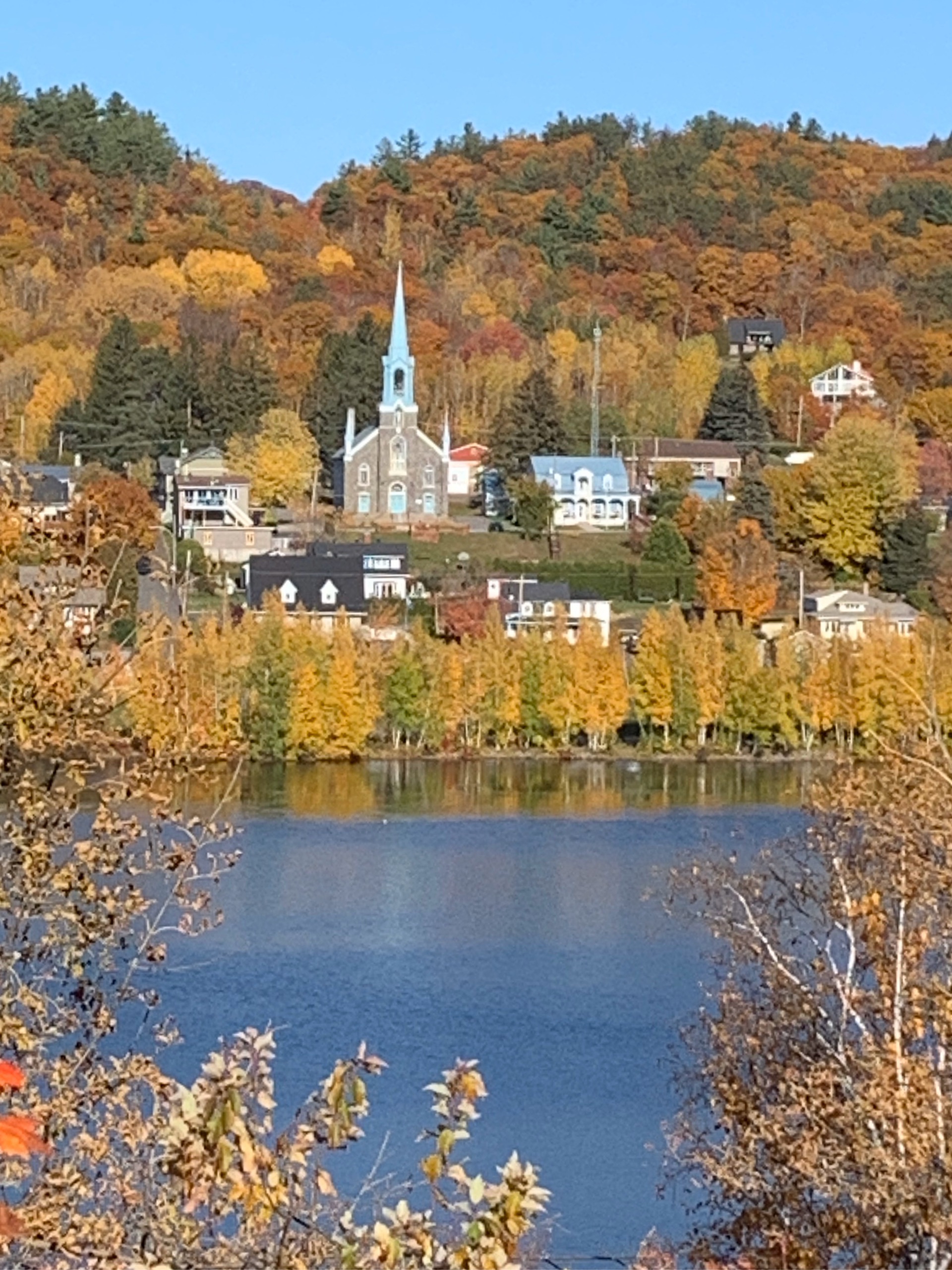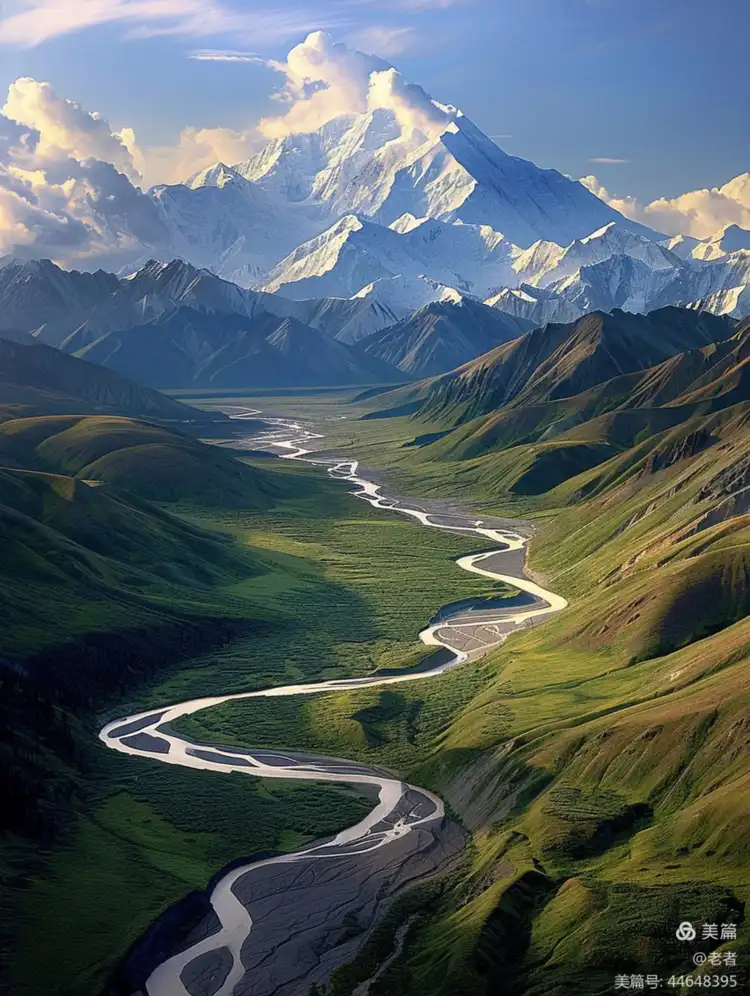Global Travel Information
Amboseli National Park, Kenya
Amboseli National Park: Where Giants Roam Beneath the Majestic Kilimanjaro
In the heart of southern Kenya, where the earth stretches out in a vast, sun-baked pan and the air shimmers with heat haze, lies a place of profound and almost mythical grandeur. Amboseli National Park, a name derived from the Maa word "Empusel" meaning "salty dust," is far more than a protected ecosystem; it is a theatre of life, a timeless landscape where the drama of survival unfolds against the most breathtaking backdrop on Earth: the snow-capped peak of Mount Kilimanjaro.
Covering 392 square kilometers at the core of a much larger 3,000-square-kilometer ecosystem that crosses into Tanzania, Amboseli is a land of striking contrasts. It is a place of apparent paradoxes—where dust and water, aridity and lushness, fragility and immense power coexist. The park’s lifeblood is not rainfall, which is scarce and unpredictable, but a system of ancient aquifers fed by the melting snows of Kilimanjaro. These underground rivers surface in the form of permanent springs and swamps, creating vast, emerald-green oases in the middle of the dusty plains. It is around these life-giving wetlands that the park’s legendary concentration of wildlife gathers, creating some of Africa’s most iconic and photographed scenes.
The undisputed monarchs of this realm are the elephants. Amboseli is world-renowned for its majestic elephant herds, some of the most studied and celebrated on the continent. Thanks to the decades-long research of conservationists like Cynthia Moss, these animals are known not just as statistics, but as individuals with complex social structures, deep familial bonds, and remarkable memories. To witness a herd, led by a wise, old matriarch, emerging from a dust cloud or marching purposefully across the plains with Kilimanjaro looming behind is to witness a scene of primal Africa that etches itself onto the soul. Their immense, weathered tusks, a genetic legacy of the park’s rich mineral deposits, speak of a bygone era, making them living treasures.
Yet, the elephant is but one character in a rich and diverse cast. The swamps, fringed with tall papyrus and phoenix palms, teem with life. Hippos submerge themselves in the cool, muddy waters, their grunts and snorts echoing across the surface, while Nile crocodiles bask on the banks, ancient sentinels waiting with infinite patience. Buffaloes, their formidable horns fused into a solid boss, wallow in the shallows, their dark forms contrasting with the vibrant green. A keen eye will spot the shy and elusive sitatunga antelope, specially adapted with splayed hooves to navigate the marshy terrain.
Venturing out from the swamps onto the open plains reveals another dimension of Amboseli’s bounty. Herds of graceful zebras and numerous wildebeest graze on the short grasses, their movements a constant, shifting tapestry. Towering above them are the elegant giraffes, nibbling delicately on acacia trees. For predators, this abundance is the larder. Lions, the apex predators, can often be seen lounging in the shade of an acacia or surveying their domain from a termite mound. Cheetahs use the open, flat terrain to their advantage, reaching incredible speeds in pursuit of Thomson’s gazelle, while spotted hyenas and secretive leopards complete the roster of carnivores, each playing their crucial role in the ecological balance.
The avian life is no less spectacular. Amboseli is a birdwatcher’s paradise, with over 400 species recorded. The swamps attract flocks of brilliant pink flamingos, pelicans, and a multitude of waterfowl. Raptors rule the skies: the fish eagle’s haunting cry is a signature sound of the wetlands, while bateleurs, secretary birds, and various vultures patrol the plains. From the tiny, iridescent superb starling to the massive, ground-dwelling kori bustard, the world’s heaviest flying bird, the park is a constant flutter of color and song.
However, the true, silent protagonist of this entire story is Mount Kilimanjaro. Though geographically in Tanzania, its spiritual and physical presence dominates Amboseli. At sunrise and sunset, the mountain often sheds its veil of clouds, revealing its magnificent, glacier-clad summit in full glory. The sight of wildlife silhouetted against the pink and orange hues of the rising or setting sun illuminating the mountain is the park’s defining image, a powerful symbol of nature’s enduring majesty. This vista is not just a spectacle; it is a stark reminder of the delicate hydrological connection between the mountain’s frozen peak and the park’s thirsty plains—a connection now threatened by a changing climate.

The challenges facing Amboseli are significant. The perennial water from the springs has supported not only wildlife but also the pastoralist Maasai people and their cattle for centuries. This coexistence, though historically managed through age-old practices, is now strained by growing human populations, prolonged droughts, and the competing needs for water and grazing land. Climate change poses an existential threat, as the rapid retreat of Kilimanjaro’s glaciers threatens the long-term viability of the aquifers that sustain everything. Conservation efforts, led by the Kenya Wildlife Service and supported by local communities and international partners, are a continuous battle to manage these complex pressures, ensuring that the "salty dust" continues to sustain its giants for generations to come.
To visit Amboseli is to engage with a landscape that is both brutally honest and incredibly generous. It is to feel the fine dust on your skin, to hear the symphony of the wild—from the deep rumble of elephants to the dawn chorus of birds—and to stand in awe of a horizon dominated by Africa’s greatest mountain. It is a place that does not simply offer a wildlife viewing experience; it offers a lesson in resilience, interdependence, and the raw, beautiful struggle for life itself. In the shadow of Kilimanjaro, Amboseli endures, a timeless testament to the wild heart of Kenya.
相关文章
- Elbe River Amusement Parks: Rides with River Views
- Elbe River Camping Spots: Pitch a Tent by the Water
- Elbe River Glamping Sites: Luxury Camping Along the Banks
- Elbe River RV Parks: Stay in Your Camper Near the River
- Elbe River B&Bs: Cozy Accommodations with a Personal Touch
- Elbe River Hostels: Budget Stays for Young Travelers
- Elbe River Business Travel Guide: Meetings & Events Near the Water
- Elbe River Conference Venues: Spaces with River Views
- Elbe River Wedding Venues: Tie the Knot by the Water
- Elbe River Funeral Services: Respectful Locations Along the Banks
发表评论
评论列表
- 这篇文章还没有收到评论,赶紧来抢沙发吧~


